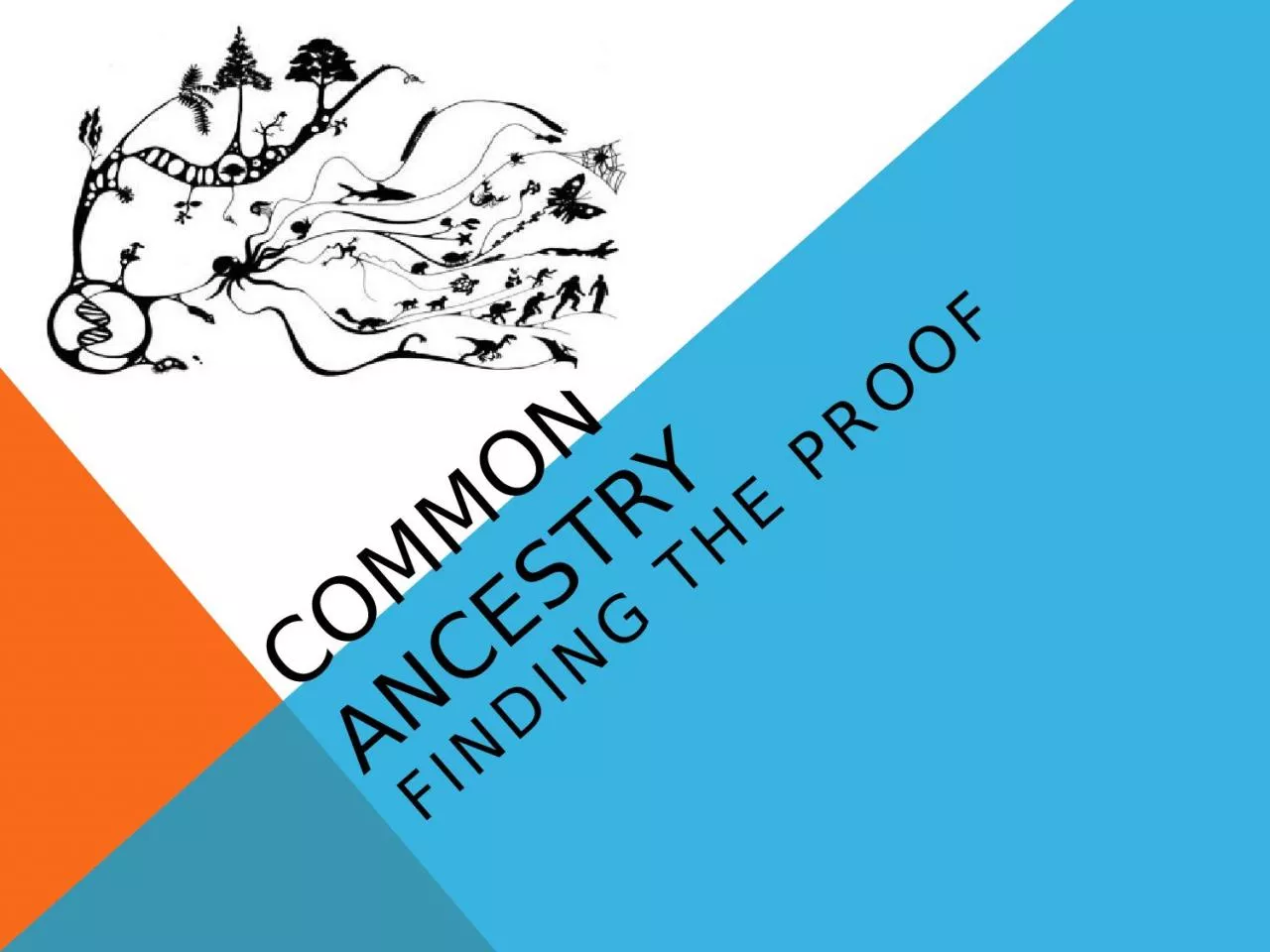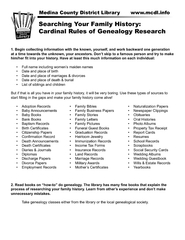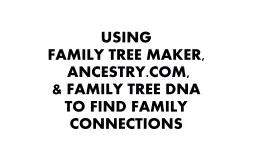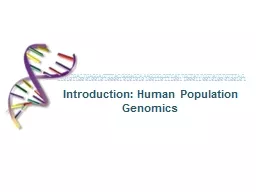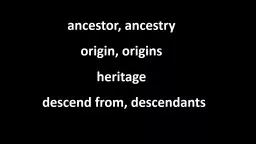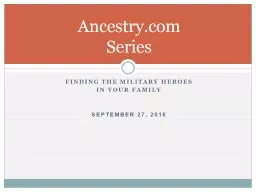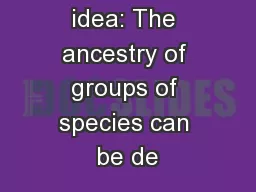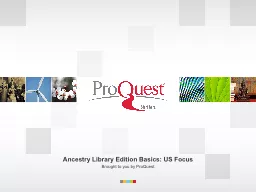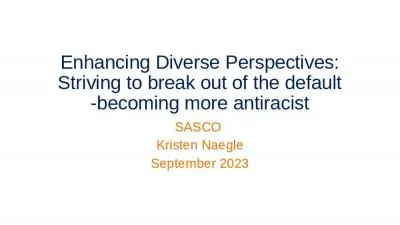PPT-Common ancestry Finding the proof
Author : joyce | Published Date : 2023-07-07
Prove It Biogeography Homologous and Analogous Structures Fossil record biogeography The geographic distribution of plants and animals over the surface of the Earth
Presentation Embed Code
Download Presentation
Download Presentation The PPT/PDF document "Common ancestry Finding the proof" is the property of its rightful owner. Permission is granted to download and print the materials on this website for personal, non-commercial use only, and to display it on your personal computer provided you do not modify the materials and that you retain all copyright notices contained in the materials. By downloading content from our website, you accept the terms of this agreement.
Common ancestry Finding the proof: Transcript
Download Rules Of Document
"Common ancestry Finding the proof"The content belongs to its owner. You may download and print it for personal use, without modification, and keep all copyright notices. By downloading, you agree to these terms.
Related Documents

